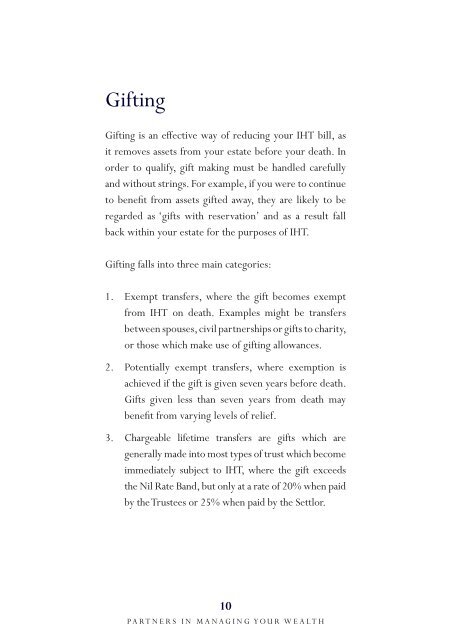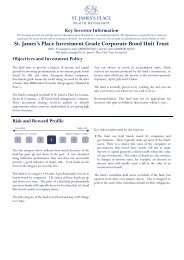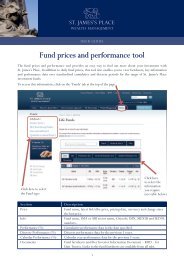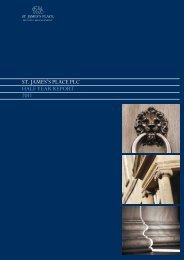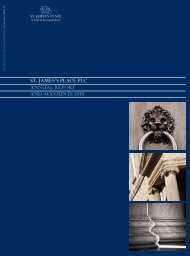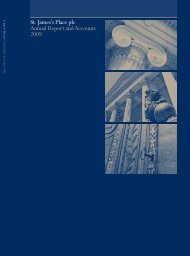A Guide To INHERITANCE TAX - St James's Place
A Guide To INHERITANCE TAX - St James's Place
A Guide To INHERITANCE TAX - St James's Place
You also want an ePaper? Increase the reach of your titles
YUMPU automatically turns print PDFs into web optimized ePapers that Google loves.
Gifting<br />
Gifting is an effective way of reducing your IHT bill, as<br />
it removes assets from your estate before your death. In<br />
order to qualify, gift making must be handled carefully<br />
and without strings. For example, if you were to continue<br />
to benefit from assets gifted away, they are likely to be<br />
regarded as ‘gifts with reservation’ and as a result fall<br />
back within your estate for the purposes of IHT.<br />
Gifting falls into three main categories:<br />
1. Exempt transfers, where the gift becomes exempt<br />
from IHT on death. Examples might be transfers<br />
between spouses, civil partnerships or gifts to charity,<br />
or those which make use of gifting allowances.<br />
2. Potentially exempt transfers, where exemption is<br />
achieved if the gift is given seven years before death.<br />
Gifts given less than seven years from death may<br />
benefit from varying levels of relief.<br />
3. Chargeable lifetime transfers are gifts which are<br />
generally made into most types of trust which become<br />
immediately subject to IHT, where the gift exceeds<br />
the Nil Rate Band, but only at a rate of 20% when paid<br />
by the Trustees or 25% when paid by the Settlor.<br />
10<br />
PARTNERS IN MANAGING YOUR WEALTH


